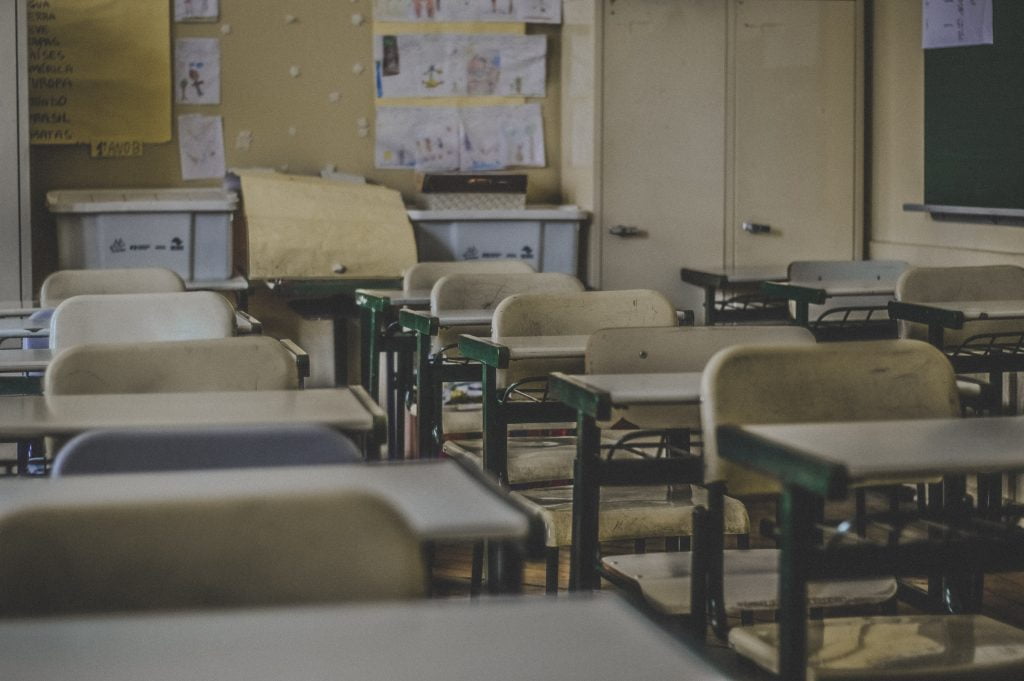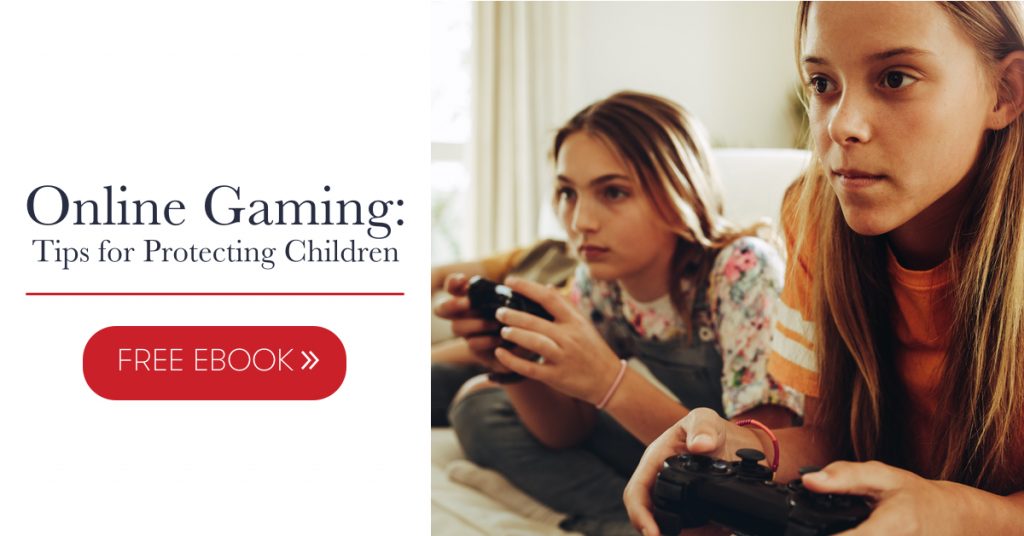What is Human Trafficking? Simply put, human trafficking is forced labor and sex work. It is a crime, a form of modern-day slavery. If a child is trafficked, it is child abuse.
Where does it happen? Human trafficking happens in your community. The U.S., along with Mexico and the Philippines, are among the worst locations in the world for human trafficking. Human trafficking happens frequently around big sporting events – big games, big tournaments, big races. But it also happens in cities small and large, in rural communities, and in the suburbs on a daily basis.
Who is being trafficked? Seven in ten victims of human trafficking are women and girls. Typically, the victim knows the trafficker. It’s the lady down the street, a new “friend” on social media or an online game, mom’s boyfriend, or dad’s best friend. Children in foster care are more likely to be victims of trafficking. In general, children and vulnerable adults are more susceptible to the traps of a trafficker, easier to control, and less likely to fight back.
How do traffickers find, hunt, and lure sex workers? Most are lured into trafficking by predatory tactics known as grooming. These careful and deliberate tactics are used to gain trust and access. It happens far more frequently than anyone would like to admit and happens online, or in person. Predators groom victims in their own families and youth sports leagues, churches, social groups, mentoring organizations – anywhere.
Once a trafficker establishes trust and access, they begin to coerce the victim into forced sex work. Male traffickers often establish a romantic relationship with their victims and use their power to force victims to entrap more girls their age.
What can you do to protect the children in your life from falling victim to a trafficker? Parents, caregivers, and families can help protect children and teens by maintaining an open and honest dialogue about the dangers of the Internet, an increasingly complex and connected world. “The Sex Talk” is badly in need of updating. Talking with your children and teens should be an ongoing conversation about healthy boundaries and relationships, sex and sexuality, consent, online predators, sexting, and sextortion.
Monitor a child’s digital life. Pay attention to new friends they make, gifts they may be receiving, and any significant changes in their behaviors. But the single most important thing is to tell your children is that you are there to help them and protect them – regardless of the circumstance.
A child being trafficked requires a report to the child abuse hotline. Please click here for the local hotline number in your area.
If you or someone you know is being or at-risk of being trafficked, please call the human trafficking hotline at 1-888-373-7888 or visit https://humantraffickinghotline.org/

Online Workshop — Protecting Children in a Virtual Learning Environment
It is critical for teachers, mentors, and coaches to know how to recognize the signs of abuse and neglect both in-person and through virtual interaction. You can help protect children with our online abuse prevention workshops for educators and youth-serving professionals — Protecting Children in a Virtual Learning Environment. Register now at www.BeauBidenFoundation.org/Workshops.

Online Gaming: Tips for Protecting Children
This eBook will help you understand the most troubling aspects of online gaming today. Please click here to download our informative and FREE ebook.
